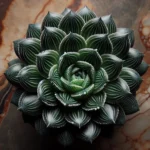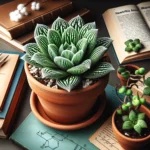Introduction: The World of Variegated Haworthia
Imagine a plant that captures the whimsy of nature’s artistry and the resilience of desert dwellers—welcome to the world of Variegated Haworthia. With its vibrant, patterned leaves, this succulent is a standout in the plant kingdom, dazzling enthusiasts and casual admirers alike. As collectors scramble to add this gem to their indoor oases, Variegated Haworthia has cemented its popularity in the plant community.
Tracing its roots to the rocky, arid regions of South Africa, Variegated Haworthia is a testament to the wonders of evolution. With each leaf a canvas featuring strokes of white, yellow, or rose, the plant’s unique coloration isn’t just for show; it’s a survival mechanism, a beacon to pollinators in its native habitat. These low-maintenance beauties hold a special allure for those seeking to add a touch of nature’s splendor to their living spaces.
Take a stroll through any plant lover’s social media, and you might spot the Variegated Haworthia stealing the spotlight. It’s not just a plant; it’s a conversation starter, a living sculpture that complements modern and rustic décors. Whether perched on a sunny windowsill or nestled among other succulents, the Variegated Haworthia makes friends wherever it goes. And for good reason—their spikey, striped rosettes hint at exotic escapades and wild landscapes, virtually transporting you to their South African home. Why are they a must-have, you ask? Because nothing quite says ‘I’m a plant connoisseur’ like the sophisticated variegation of these succulent beauties.
For those that fall under the spell of these variegated visions, caring for them becomes a gratifying journey. The palette of care tips and tricks is vast, but the recipe for success is simple. If the effect of sunbeams on their leaves is a dance of light and shadow, then water is the rhythm guiding their growth. With just the right amount, these resilient succulents can thrive, sparing you the high-maintenance woes that come with more demanding flora.
For a deeper dive into the realm of caring for these and other succulent species, plant enthusiasts can explore The Ultimate Guide to Succulent Care, a comprehensive resource that unveils the secrets to keeping these plants not just alive but thriving.
Understanding Variegation in Haworthia
Have you ever marveled at a Haworthia with whimsical streaks or patches that seem painted on by Mother Nature herself? That, my friends, is the magic of variegation – a true masterpiece in the plant world. But what exactly is this phenomenon that turns ordinary green leaves into a kaleidoscope of color? Let’s delve into the genetics and environmental dance that culminates in variegation.
Variegation refers to the appearance of differently colored zones in the leaves, and stems of plants, much like the ones we adore in variegated Haworthia. These patterns are not just for show; they tell a tale of genetic diversity or environmental conditions playing their parts. In some cases, variegation occurs due to a mutation in the DNA, where cells lose the ability to produce chlorophyll, the green pigment vital for photosynthesis. Imagine a sprinkling of white or yellow patches amidst a sea of green – this is nature’s own version of a patchwork quilt!
Let’s get scientific for a moment – photosynthesis is the process by which plants convert sunlight into energy. Those white or yellow parts on a variegated Haworthia? They’ve got little to no chlorophyll. So, one might wonder, does this affect the plant’s ability to perform photosynthesis? Surprisingly, these succulents are quite the survivors. While these variegated sections may not contribute much to food production, the rest of the green areas work double time, ensuring the plant thrives.
But it’s not just a cool genetic lottery that can cause variegation. Sometimes it’s the result of environmental factors such as light exposure, temperature swings, or even viral infections. However, when it comes to our beloved Haworthias, genetic variegation is the star of the show. It’s a stable trait that can be passed down, meaning your variegated Haworthia’s offspring may flaunt the same stunning patterns.
Behold the splendid variegated specimen – is it not a wonder to gaze upon? Yet, its beauty is more than skin deep. This unique feature is a botanical curiosity and a testament to the plant’s evolutionary journey. When caring for these variegated marvels, bear in mind they might need a bit more love and less direct sunlight to prevent their delicate, less chlorophyll-filled parts from scorching.
Now, as we marvel at the wondrous variegation that mother nature bestows upon these plants, take a moment to appreciate the intricate genetic and environmental waltz that brings such beauty to your windowsill garden.
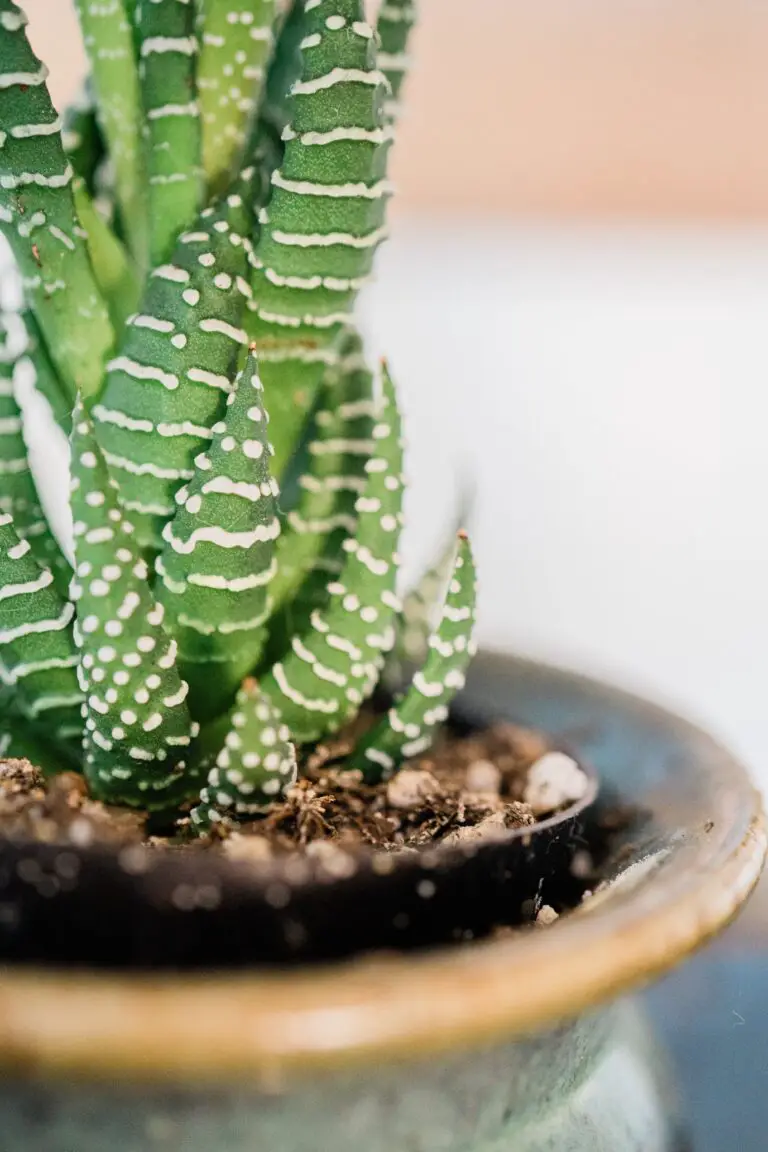
It’s All in the Genes and Environment
In conclusion, whether it’s through an inherited mutation or a response to environmental stresses, variegation in Haworthia is not just aesthetically pleasing but a glimpse into the adaptability and resilience of these succulents. It’s a feature that can make your plant stand out in a collection, adding an extra layer of intrigue to your beloved green companion.
Choosing the Best Environment for Variegated Haworthia
When it comes to growing variegated Haworthia, the right environment is the secret to seeing those luscious, mottled leaves thrive. Imagine placing your cherished succulent in a spot where it’s bathed in perfect morning light—this is a plant’s paradise. Remember, these fleshy-textured beauties are native to South Africa, so they crave conditions that mimic their natural habitat.
First things first, light is the magic wand in your plant-care toolkit. Variegated Haworthia yearns for bright, indirect light that sparkles like a soft sunbeam through a sheer curtain. Direct sunlight? Not so much—it’s like walking barefoot on hot asphalt. Instead, a cozy spot near an east-facing window gives your Haworthia the golden glow it needs without the sunburn. If natural light is lacking, LED grow lights are a techie plant-lover’s best friend, offering the lumens without the UV harshness.
Temperature is the next course in your plant’s fine dining experience. Haworthias are pretty chill, playing it cool in temperatures ranging from 60-85°F (15-29°C). They’d likely survive a stint on a reality show called ‘The Great Houseplant Chill-Off.’ Just keep them away from chilly drafts and extreme heat that could turn your resilient succulent into a wilting wallflower.
Humidity, that invisible hug in the air, ranges from ‘just got out of the shower’ to ‘desert dry’ and trust me, Haworthias prefer the latter. No need for fancy humidifiers; regular home humidity suits these succulents just fine. If you can comfortably lounge at home without feeling like a swamp creature or a dried-out mummy, you’ve hit the humidity sweet spot.
Finally, for those plant enthusiasts out there looking for the perfect visual, behold the epitome of “variegated Haworthia goals” with this image that captures the allure of these vibrant, patterned plants. Behold their beauty and let it inspire you to find the ideal home for your own variegated treasures.
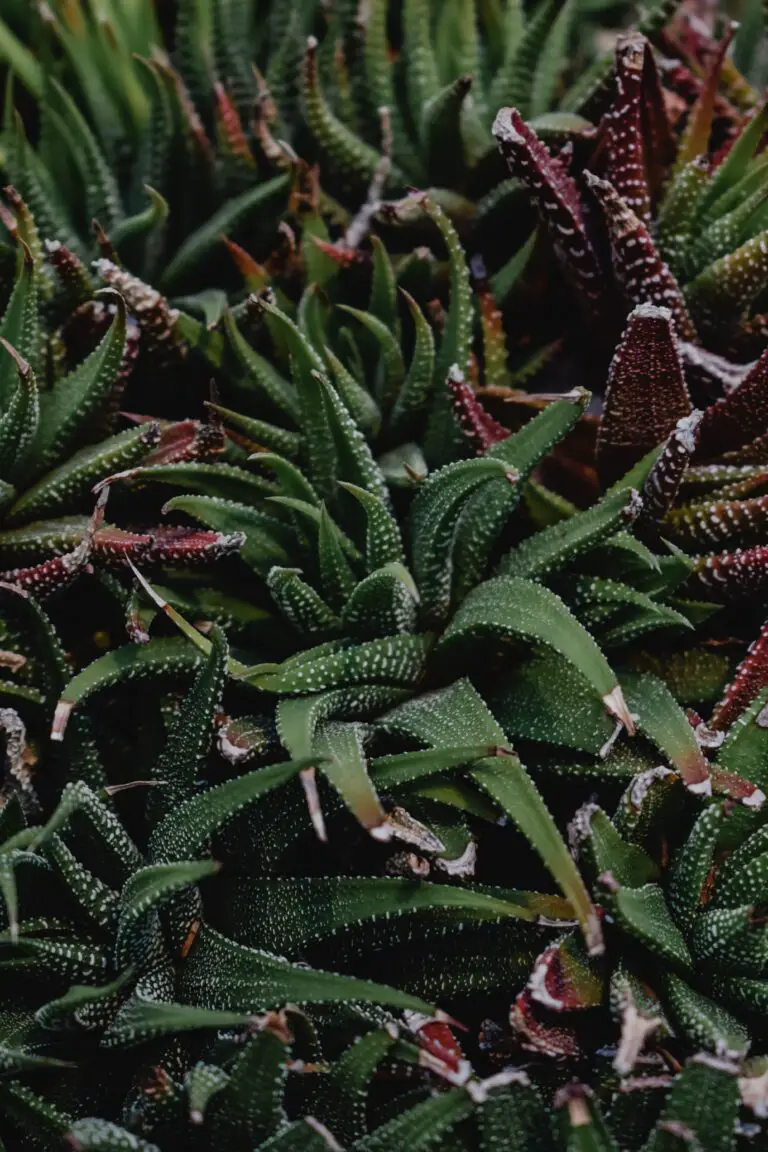
Crafting the perfect environment for variegated Haworthia is both an art and a science. And now that you’re armed with these tips, you’re well on your way to fostering a mini-ecosystem where your succulent can not just live, but flourish. Remember, these are not just guidelines; they’re the stepping stones to becoming a variegated Haworthia maestro with a green-thumb symphony at your fingertips.
The Essentials of Watering and Feeding
Think of watering your variegated Haworthia as a delicate tango between too much and not enough – it’s all about balance. To keep your Haworthia happy, water it thoroughly, only when the soil has completely dried out from the last watering. This could mean every few weeks in the summer and even less often in cooler months. But don’t just take my word for it; let your plant be your guide. The plump leaves of your variegated friend will start to look a tad thirsty when they need a drink, wrinkling ever so slightly. And when you do water, imagine you’re a gentle summer rain, saturating the soil while avoiding a downpour that leaves the roots swimming.
Now let’s get to the meat and potatoes – or should we say, the compost and minerals? Fertilizing your variegated Haworthia isn’t rocket science, but it does require a bit of finesse. During the growing season, spring to fall, these succulents crave a light feeding of balanced, diluted fertilizer. Think of it like seasoning food; a little goes a long way. You’ll want something with a blend of nitrogen, phosphorus, and potassium, but don’t get carried away. Too much fertilizer is like an over-spiced meal – it can do more harm than good.
If you’re looking for more advice on nurturing your succulents, take a stroll through our ultimate guide to succulent care where we delve into the specifics of keeping these beautiful plants thriving.
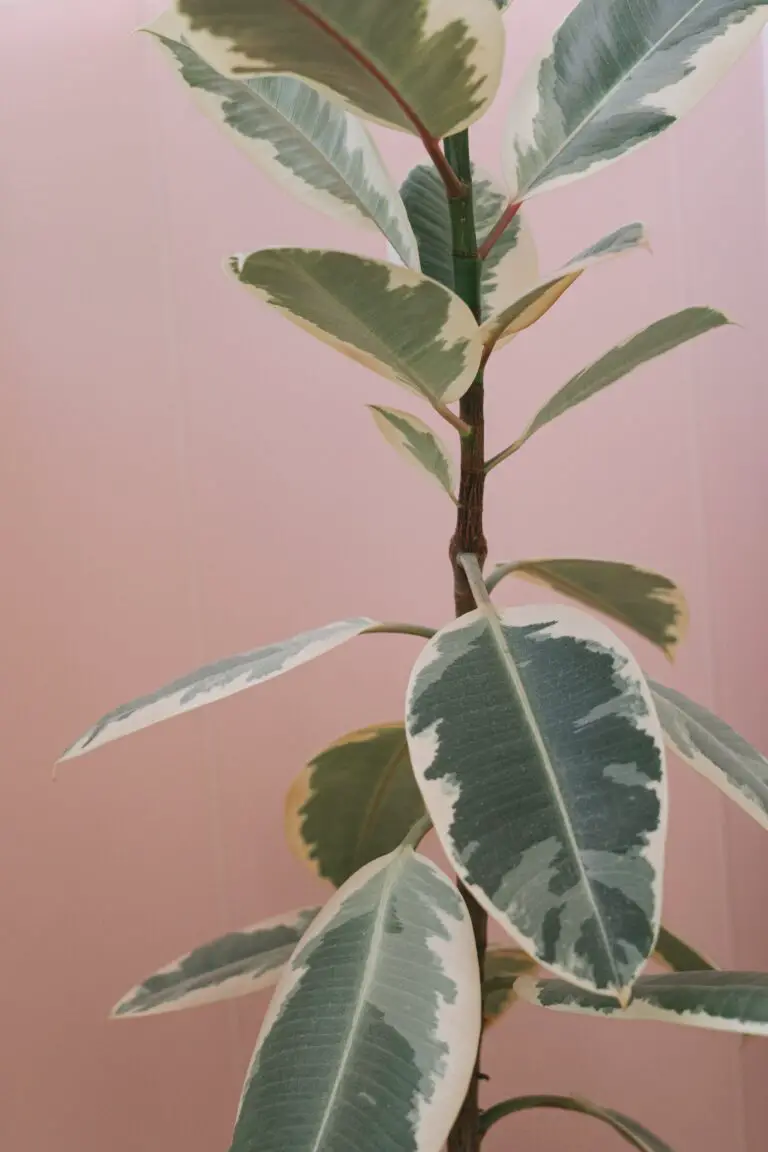
Soil and Repotting: Laying the Foundation for Growth
Think of the soil your variegated haworthia calls home as the ultimate VIP lounge. It’s where all the magic happens, turning a shy plant into a vibrant spectacle. Now, imagine if that lounge was poorly lit and had a bad DJ – not really inviting, right? The same goes for soil; not just any mix will do! The secret to a thriving variegated haworthia is well-draining soil. Why? Because their roots are the life of the party, demanding an environment that doesn’t drown out their groove.
Creating the perfect soil mix is like being a master chef for your succulents. You wouldn’t binge on fast food daily, so why should your plants? A mix of potting soil with sand, perlite, and pumice is like a gourmet meal, offering both nutrients and the perfect drainage. If you’re scratching your head wondering where to start, don’t fret! There’s a plethora of resources out there to help, like this detailed guide on creating well-draining soil for succulents that can point you in the right direction.
Now, let’s talk about the art of repotting. Timing is crucial – it’s like choosing the right moment to grab that last slice of pizza before your friend beats you to it. Springtime is when your haworthia is waking up, stretching out, and is in the prime time for a change. That’s your cue to repot!
But how do you repot without causing your plant a world of stress? First, gently coax your plant out of its current pot, whispering sweet nothings to its roots. Shake off the old soil, treat any boo-boos on the roots like a gentle nurse, and nestle the plant into its new home with fresh soil mix. The process isn’t just a routine step; it’s a renaissance for your haworthia!
Don’t just take my word for it; seeing is believing! Take a look at this insightful video that covers the ins and outs of repotting a variegated haworthia.
Armed with the right soil mix and the know-how of proper repotting, your variegated haworthia will be ready to strut its stuff. Think of yourself as the bouncer to that VIP lounge; only the best gets past you. So, raise your gardening shears proudly and get to mixin’ and potting!
Propagation Techniques for Variegated Haworthia
Embarking on the journey of propagating your Variegated Haworthia is like becoming an artisan of your own plant atelier, where each new creation holds the promise of unique patterns and textures. Whether you are an experienced green thumb or a curious newcomer to the world of succulents, mastering the art of propagation will not only bring more of these charming plants into your life but also allow you to share them with fellow plant lovers.
One of the most delightful aspects of Variegated Haworthia is their ability to reproduce through offsets, affectionately known as “pups.” These tiny replicas emerge from the base of the mother plant, ready to strike out on their own. To propagate by offsets, wait until the pups have a few leaves of their own, then gently separate them from the mother with a clean, sharp knife or by a delicate twist. With a bit of patience and the right conditions, these pups will flourish into individual plants, each with their unique variegation.
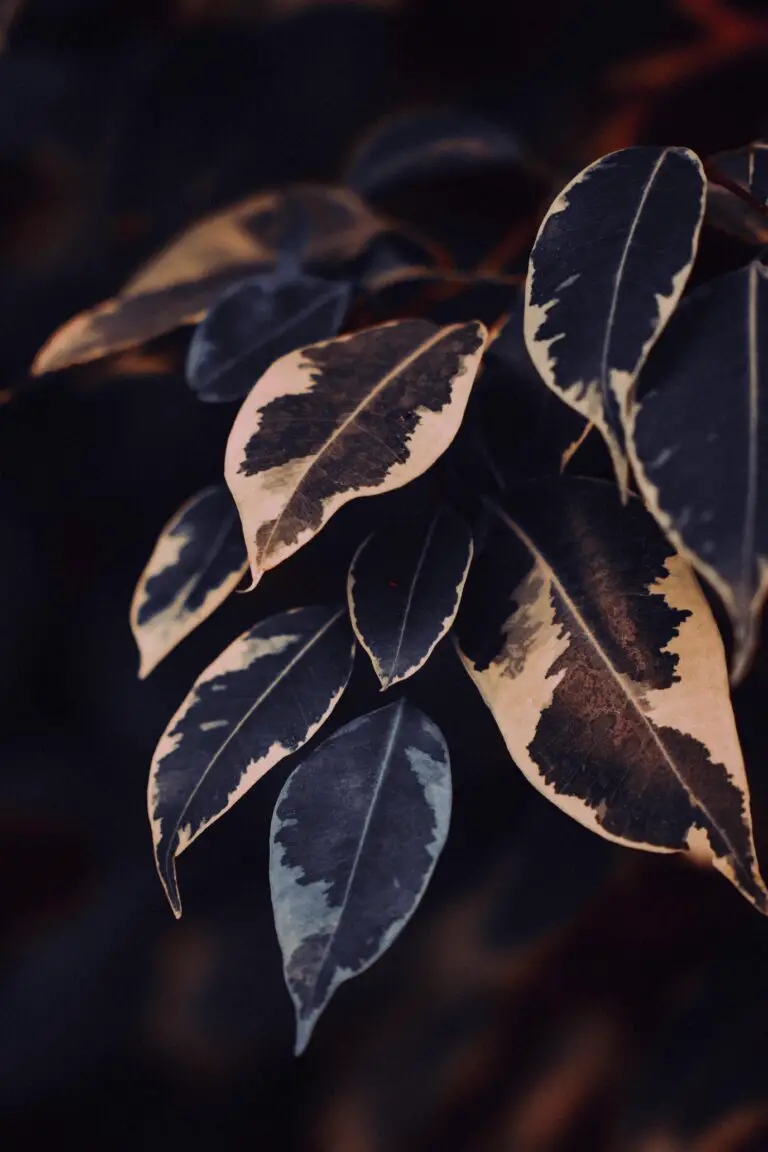
If you’re in pursuit of a challenge, why not venture into leaf-cutting propagation? While this method requires a bit more finesse, it can be particularly rewarding. Select a healthy, plump leaf and snip it close to the stem. Let the cutting dry for a few days until the wound has calloused. Then, delicately place it on top of a well-draining succulent mix and mist occasionally. In time, tiny roots and a new plant will emerge, a true testament to your propagation prowess!
For those with an eye for detail and a passion for patience, seed propagation presents an avenue to hone your horticultural skills. Sowing Variegated Haworthia seeds demands precision and care. Spread the seeds over a moistened succulent mix, covering them with a fine layer of sand or grit, and maintain consistent humidity and warmth. As the seedlings sprout, their slow growth will teach you the virtue of observation and perseverance.
Whichever method you choose, the key to success lies in maintaining a balanced environment for your propagules. Ensure they have bright, indirect light, well-draining soil, and just enough water to encourage growth without succumbing to rot. With diligence and care, your efforts will culminate in a vibrant collection of variegated wonders that not only enhance your living space but also blossoms with the story of their journey from a single leaf or seed to a lush, thriving plant.
Common Pests and Problems
If you’re the proud parent of a variegated haworthia, you know these succulents can be as hardy as they are beautiful. But even the toughest plants have their Achilles’ heel. In this section, let’s talk turkey about the pests that love your haworthia as much as you do—and not in a good way.
Unwanted Guests: Pests on the Prowl
First off, there’s the usual suspects: mealybugs. These tiny, white fluffballs might look harmless, but they’re anything but. They latch onto your plant, sapping vital nutrients and leaving behind a sticky residue called honeydew. If you spot them, don’t panic—fight back! A good spritz with some soapy water or rubbing alcohol usually does the trick.
Spider mites are another sneaky pest, spinning their fine webs and causing yellowing or browning of leaves. You might need a magnifying glass to catch these tiny critters in the act. But once you do, wash them away with a strong shower from your hose or try a miticide if things get serious.
And let’s not forget the aphids. These pear-shaped pests come in a variety of colors and love to feast on new growth. A strong burst of water or an application of neem oil can help keep these guys at bay.
Real-life case in point: I once had a friend who thought her variegated haworthia was simply undergoing a color change—until she realized it was a full-scale aphid invasion! So keep those eyes peeled.
For an in-depth look at tackling mealybugs, let’s dive into this video:
Water Woes and Root Rot
Overwatering is a common misstep with variegated haworthia. These are succulents, folks—they don’t need a daily drink. Too much H2O, and you’re looking at waterlogged soil, which is a VIP pass to root rot city. The key is to wait until the soil is dry before watering again and make sure your pot has good drainage.
If you notice your plant’s leaves are soft and mushy, that’s a red flag for overwatering. Cut back on the agua pronto and consider transplanting your haworthia to fresh soil that’s well-aerated and drains like a dream.
Troubleshooting Tips
When trouble strikes, don’t lose your cool—most problems have a solution. If the leaves are turning yellow or dropping, check your lighting conditions. These succulents like bright, indirect light. Too much sun can give their leaves a sunburn, while too little light can weaken them.
If your haworthia’s growth seems stunted, it might be time to repot with a fresher, more suitable soil mix. Sometimes, it’s just about giving your green buddy the right environment to thrive in.
Remember, being proactive is key. Check your plants regularly, be mindful of the signs of stress, and take action. With a bit of vigilance and tender loving care, your variegated haworthia will continue to be a vibrant, spiky companion in your succulent collection.
Designing with Variegated Haworthia: Decor Tips
Imagine a touch of nature’s intricate patterns adorning your living space. The variegated haworthia, with its mesmerizing stripes and speckles, is not just a plant; it’s a living decor element. The joy of decorating with these succulents lies in their versatility. They effortlessly bridge the gap between art and nature, inviting a serene and organic feel to any corner they grace.
Think of a minimalist modern desk. Now, add a variegated haworthia in a sleek terracotta pot beside your laptop. The contrast of technology and timeless nature creates an environment that’s both productive and peaceful. In a terrarium, these succulents become miniature stars in a glass universe, with pebbles, sand, and moss complementing their vivid leaf patterns.
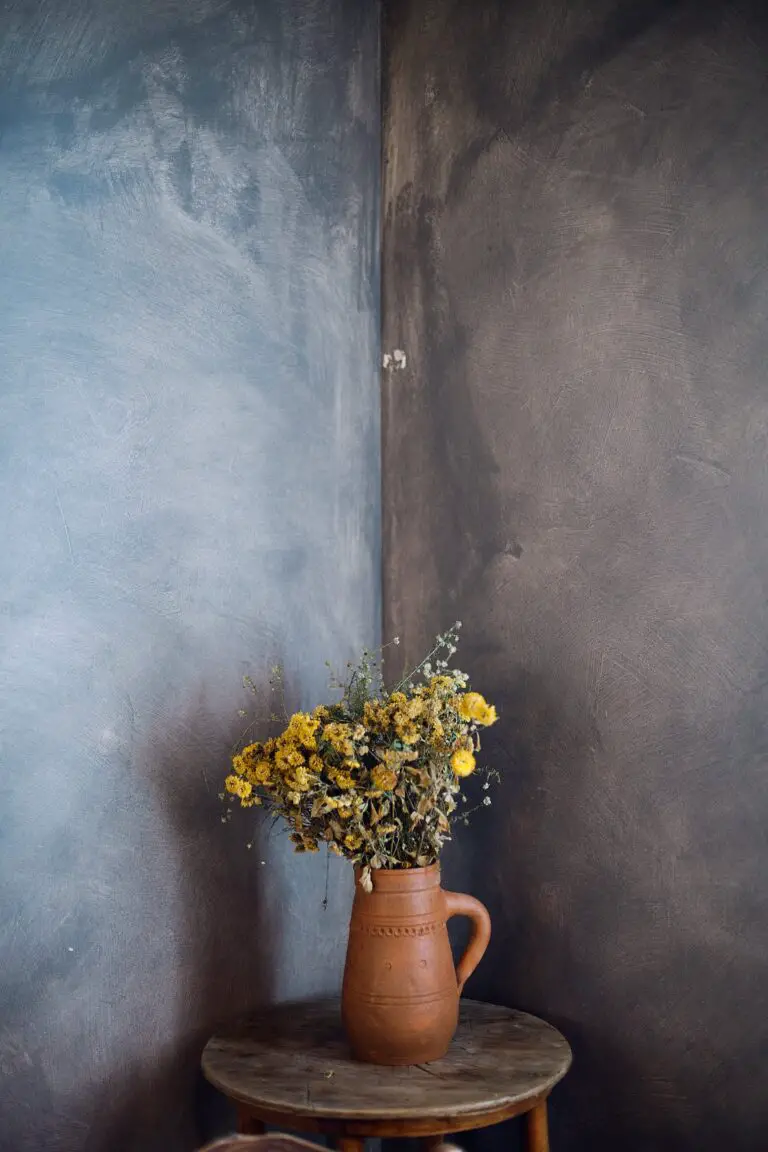
Interior design trends come and go, but the variegated haworthia remains a staple in home decor. Its adaptability makes it perfect for eclectic shelves that house an array of curios and books. The plant’s striking form adds a fresh burst of life among inanimate objects, offering a slice of the outdoors within the sophistication of indoor spaces.
Not to be limited by walls, the variegated haworthia thrives in the open air of outdoor gardens too. Dot them along a stone path, nestle them in a rock garden, or let them command attention in a statement-making planter. They champion resilience and beauty, with their contrasting hues enhancing the textures and colors of your outdoor retreat.
Real-life examples of variegated haworthia in decor are as varied as the plant’s own leaf patterns. From that sun-drenched balcony adorned with a collection of variegated haworthias, earning the envy of passersby, to a rustic kitchen windowsill where they mingle with aromatic herbs, each setting tells a story of someone’s personal Eden.
In a world where cookie-cutter decor is all too common, choosing to incorporate variegated haworthia is a statement of individuality. Each plant, with its unique variegation, becomes an irreplaceable piece of art. So why settle for the ordinary when you can elevate your space with the extraordinary patterns of variegated haworthia, creating a living tapestry that transforms the mundane into the magnificent?
Conservation and Ethical Cultivation
The allure of the variegated haworthia is unmistakable; each plant’s unique pattern feels like nature’s own piece of art. However, beneath the beauty lies a critical message about conservation and the ethics surrounding the cultivation of these living treasures. As enthusiastic as we may be to possess such rarities, it’s crucial to consider our impact on their very existence.
Plant conservation isn’t just a topic for academics. It’s a real-life concern that hits home when you realize the hobby you adore could inadvertently contribute to the decline of species like the variegated haworthia. In the wild, these plants are often rare and sensitive to environmental changes, making them vulnerable to over-collection. The excitement of discovering a wild variegated haworthia should be tempered with the knowledge that removing it from its native habitat can have devastating effects on the population.
Now, let’s talk about the growers. Imagine purchasing your succulents from those who care for their well-being just as much as you do. Ethical growers adhere to responsible practices that not only protect the plants but also the environment. These cultivators use propagation methods that don’t harm wild populations, ensuring that we can enjoy these plants sustainably.
Protecting the Jewel of Your Collection
There’s a story of a collector who once stumbled upon a variegated haworthia in the wild. Instead of harvesting it, they chose to propagate from a single leaf, leaving the mother plant untouched. This is the kind of ethical cultivation that we should aspire to—where both our collections and the wild populations can flourish. By supporting nurseries and growers who propagate responsibly, we invest in the future of variegated haworthias.
It’s not just about keeping our beloved succulents from vanishing into the annals of history; it’s about creating a hobby that’s both rewarding and respectful. So, the next time you’re marveling at a variegated haworthia in your collection, remember the hands that brought it to you and the soil it once called home. Make your green thumb count for conservation, not just cultivation.
To better understand how we can contribute to the conservation of these plants, let’s take a look at a video that delves into the world of succulent care and the importance of ethical practices in horticulture. It’s an eye-opening watch that will give you a new appreciation for your prickly companions.
Frequently Asked Questions
Caring for Your Variegated Haworthia
Variegated Haworthia, with its striking patterns, may seem like a diva of the succulent world, but it’s remarkably down to earth when it comes to care. Imagine this: It’s a sunny morning, and you glance over at your Haworthia, basking in the soft, indirect light – its bands of white and green more vivid than ever. With adequate lighting, you’ll see your Haworthia thrive, and you might just find it’s more forgiving than you expected. Bright, indirect sunlight is akin to its favorite coffee shop – a regular spot it loves to visit.
Embracing Variegation
Ever noticed how everyone’s crazy about unique traits these days? Well, your Variegated Haworthia’s streaks of white aren’t just stunning; they’re like a badge of uniqueness in the plant world. Each pattern is like a fingerprint – no two plants are ever the same. Keep in mind, though, that too much direct sun can lead to a sunburn, and who wants that? It’s like wearing sunscreen for your plant – protection is key.
Managing Growth
Let’s talk growth management – it’s easier than handling a teenager’s growth spurt! Your Haworthia prefers to be snug in its pot, making it the perfect roommate even in the coziest of spaces. When it’s time to repot – think of it like it’s moving from a cozy condo to a slightly larger one – every couple of years or so. This will help manage its size and encourage healthy growth.
And here’s a little extra sneak peek for you – watch this informative video on how to care for and propagate your variegated friend for a hands-on visual guide:
Common Troubles
It’s not always smooth sailing, though. Sometimes, you might find your Haworthia looking a bit off-color or not growing as it should. Fret not – it’s often due to overwatering or too little light. Your job is to play detective – adjust the watering schedule, inspect for pests, and move to a brighter location if necessary. Every plant communicates, and yours is no different. Listen to what it’s trying to tell you, and you’ll both be happier for it!
